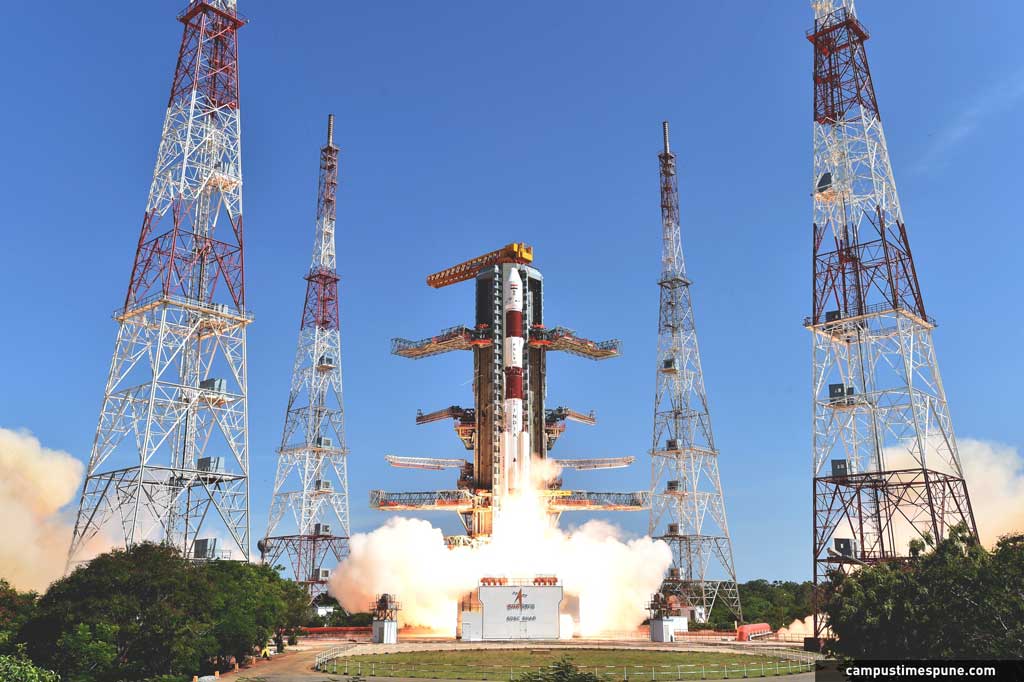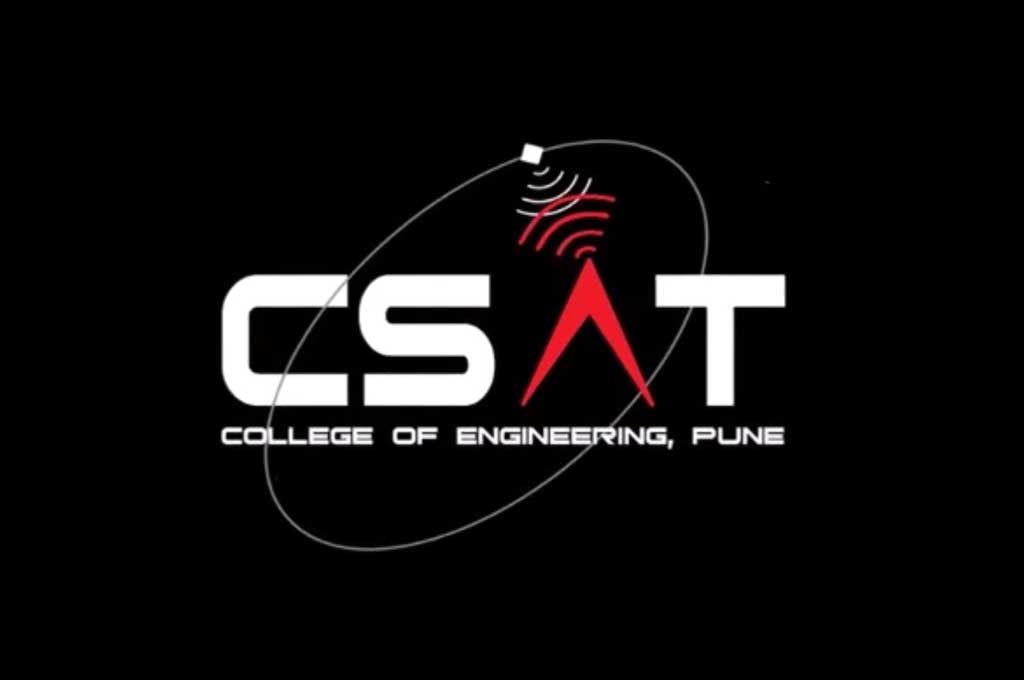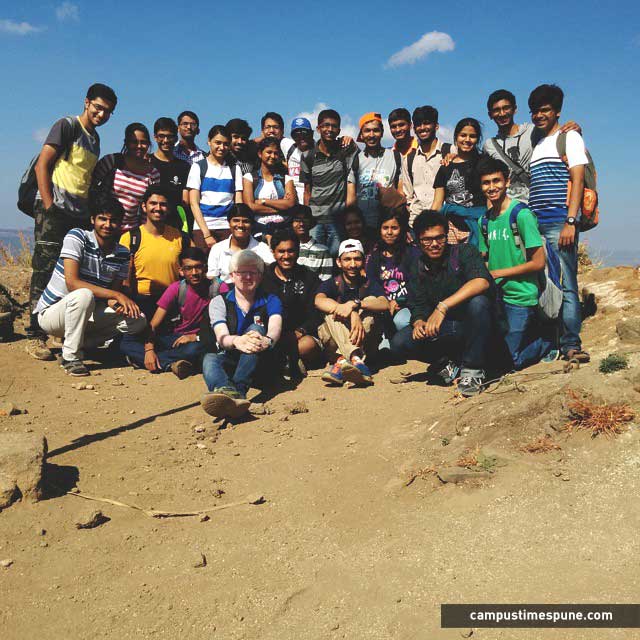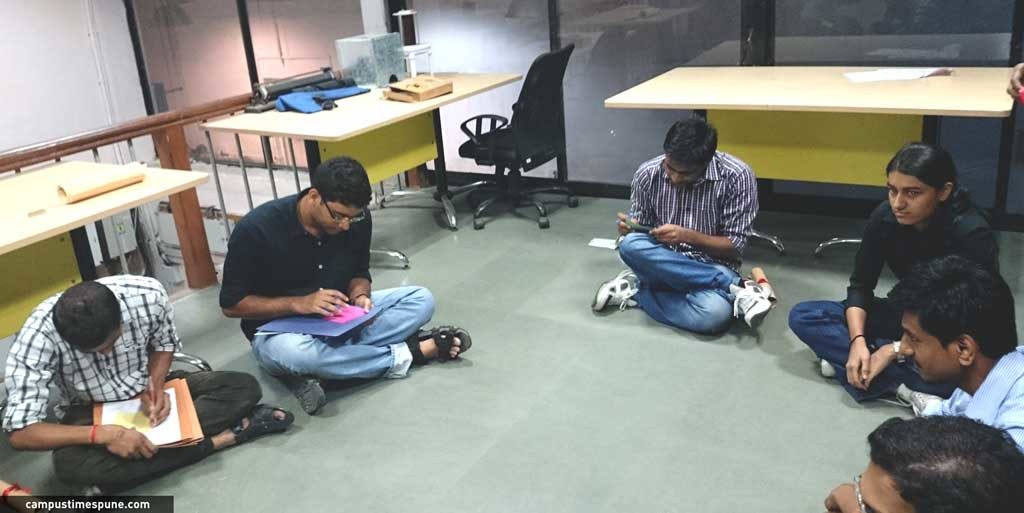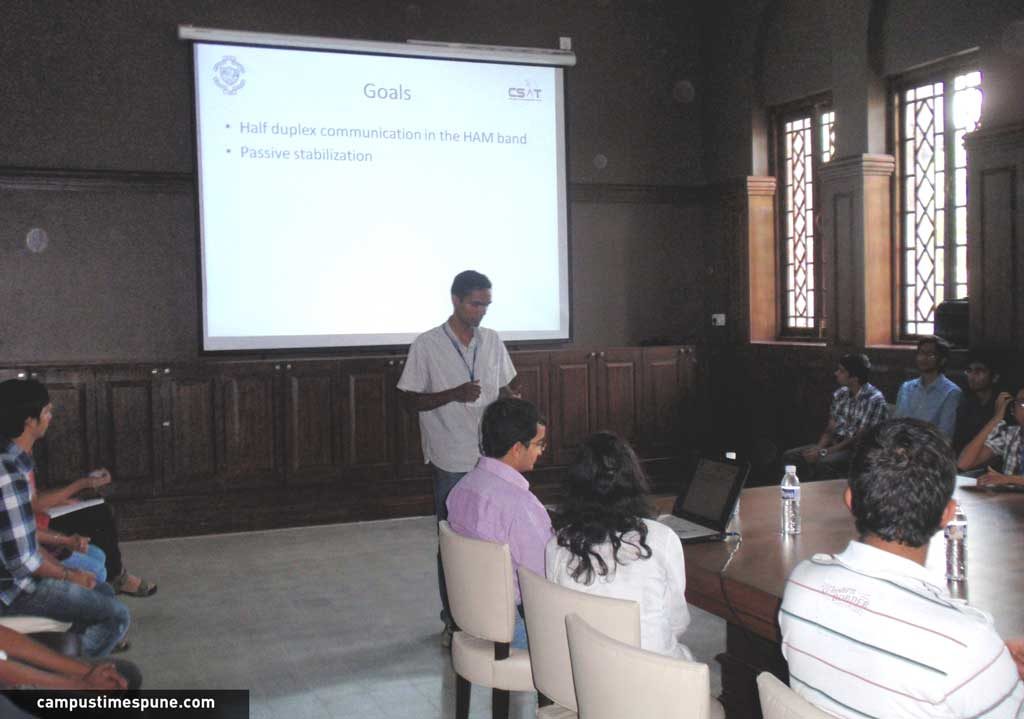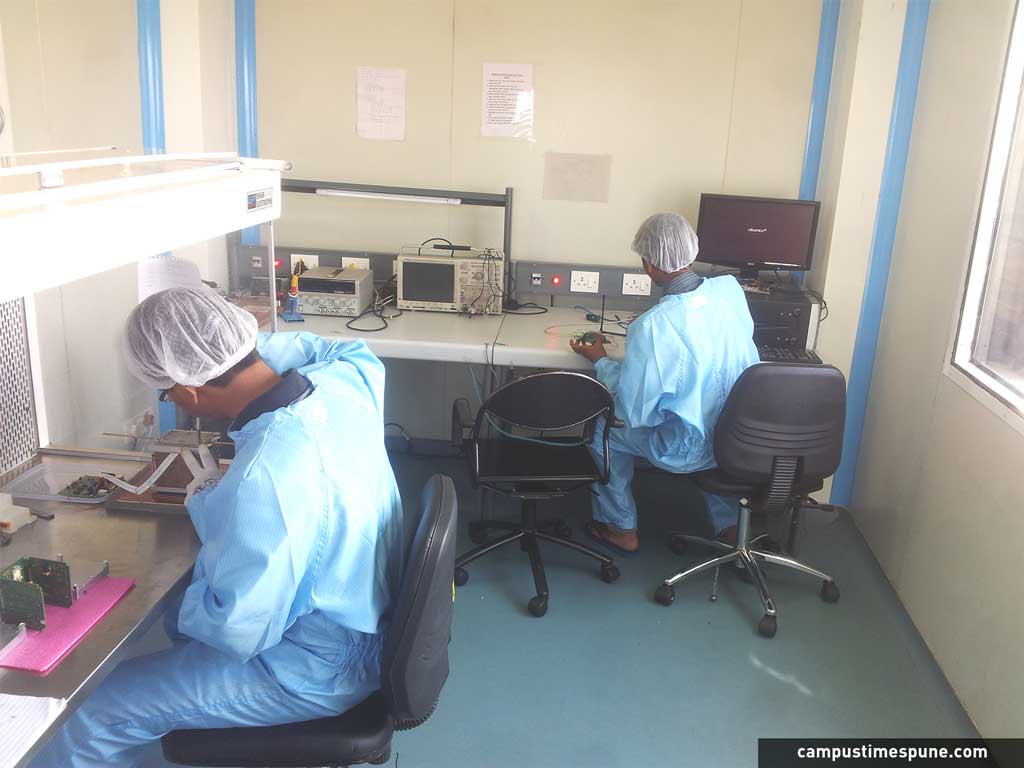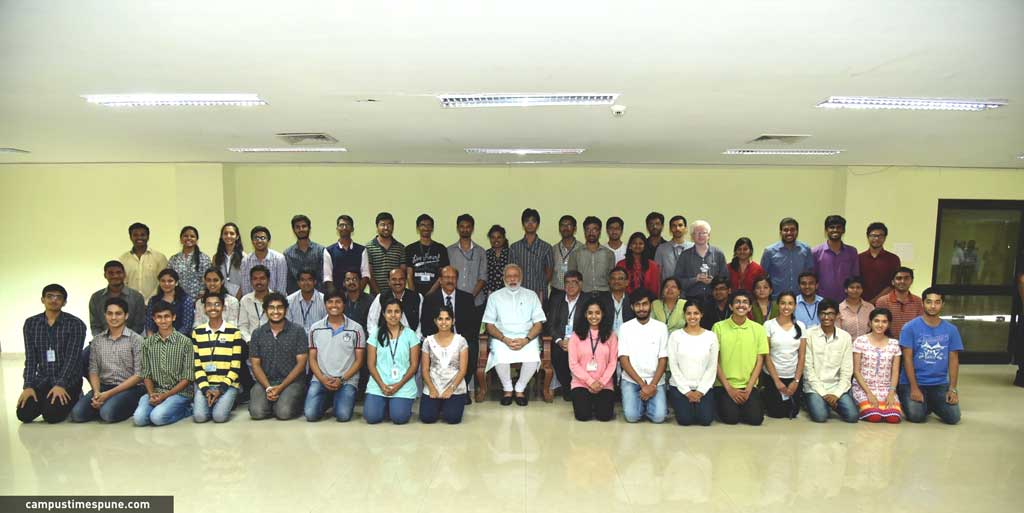The team behind COEP’s first student satellite Swayam, is comprised around 176 students from 8 batches. The team is a part of COEP’s Satellite Initiative aka CSAT. The idea of such a venture was conceived in late 2008 by a Civil Engineering student named Abhishek Bawiskar. Abhishek was interning at IIT Bombay when he was asked by the students working on IIT Bombay’s satellite Pratham, whether a ground station could be set at COEP to track their satellite after launch. He thought that COEP might as well build a satellite if it ought to build a ground station. A ground station houses all the equipment required to track a satellite orbiting in space.
The Inception of CSAT
The project was approved by COEP in January 2009 thus leading to the inception of CSAT. The college provided all the amenities and funds to nourish the work. With a team of only handful of students during formation, the team mushroomed to a flexible size of 40 students who hailed from various branches to work on the interdisciplinary project. The Team was divided into 5 subsystems, which not only worked individually but also in sync with other subsystems. The five subsystems were On-Board Computer, Communications, Structures, Attitude Control System and Power.
ALSO READ – Hindustan Times Gives a Fitting Reply to New York Times Joke about Indian Satellites
A unique technological demonstration of ‘Passive Attitude Stabilization’, which was novel to the Indian space community as well, was chosen as the primary payload of the satellite. A utility service of messaging between two ground stations through Swayam was also facilitated.
The Journey of Swayam Team
These students met everyday after college hours to work. Entertainment, weekends and holidays took a back seat for the Team whose only focus was only on building the satellite.
The implementation and verification of the design required magnanimous efforts. For this, the Team had to study various satellites. They had brainstorming sessions and tried out various possible designs. Every detail of the satellite was pondered upon, space conditions were simulated and the results of experiments were carefully analyzed. To maintain the continuity of the mission and to enable knowledge transfer to the forthcoming batches, meticulous documentation of the concepts and design was carried out.
Swayam and ISRO
A Memorandum of Understanding was signed between ISRO and COEP for the development and launch of Swayam. ISRO assigned a committee of scientists to guide them. The Team cleared all the reviews held by ISRO.
Various tests were performed on Swayam to find flaws and incorporate improvements in the design. These tests were carried out at sophisticated facilities at GMRT, VSSC, ARAI as well as COEP clean room. The final fabrication and testing of Swayam was done at ISRO Satellite Centre.
DON’T MISS – 13 Things to Know About COEP Campus Life
The Recipe..?
To achieve such a feat, mere hardwork may fall short. Team bonding, team work and synergy of all the members is as integral as the technical aspects. Team Swayam was a bunch of students with these attributes and with similar scientific temperament. Also, these students learnt the invaluable lesson of time and team management concurrently. All in all, they are exemplary for their ideals and conscientiousness which led to the remarkable success of Swayam.
Don’t forget to share this upcoming event details with your network. Join Campus Times Pune on Facebook, Google+ & Twitter. Also do subscribe our YouTube Channel. Click on Push Notifications to get notified whenever we publish a post.
Campus Times Pune is an initiative taken by some enthusiastic students of Pune to entertain the “Netizens” by providing cool and trending content online. Articles from contributors who prefer keeping their identity anonymous, are published under our authorship. You can contact us with your articles by sending them to “[email protected]”
